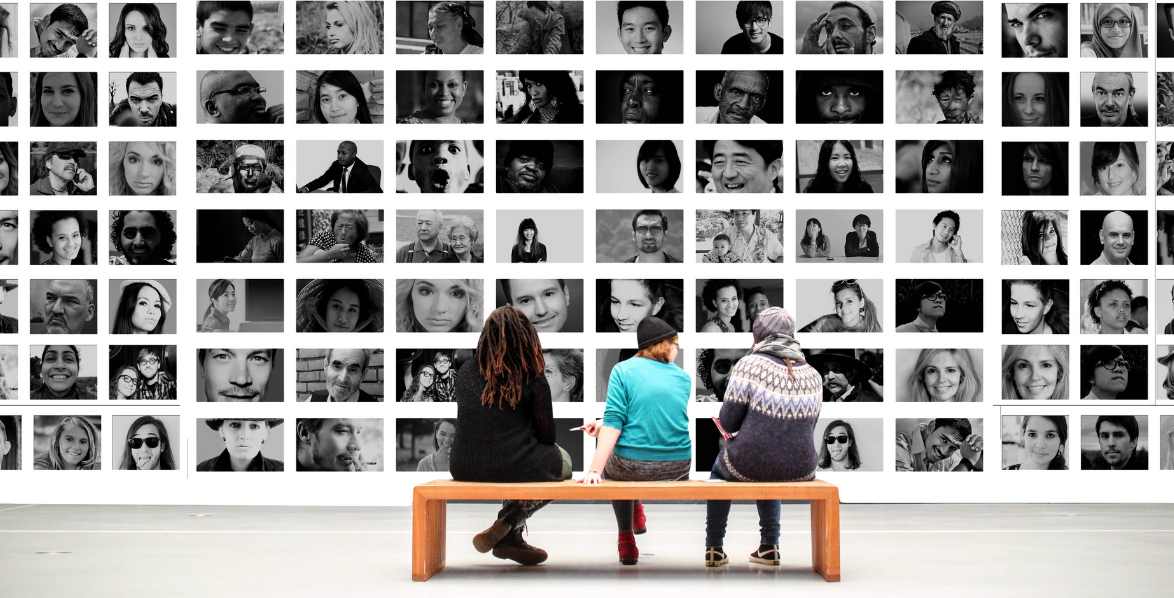How to Reduce Unconscious Bias in the Workplace
What is unconscious bias and how does unconscious bias affect the workplace?
You’ve probably heard the term “unconscious bias.” And if you’re reading this, there’s a good chance you’ve experienced it in at least some form.
Unconscious bias is really just a social stereotype someone forms about a group — or “type”– of people. It’s unintentionally formed outside of your conscious awareness, which means it can be hard for people to recognize in themselves. We’re usually unaware of unconscious biases toward coworkers, neighbors or folks waiting in front of us in the grocery store checkout line.
Because of this, it’s tricky to identify and eliminate unconscious bias.
What does unconscious bias in the workplace look like?
There are so many ways unconscious bias affects workplaces. One of the more common and easily recognizable ones is affinity bias aka similarity bias. This is when leaders see themselves in their employees due to shared experiences, interests and backgrounds, making them more likely to help nurture their potential. This is the bias that fuels the “good old boy” way of thinking. It’s what might make a manager give the best accounts to the young associate who went to the same college as he did. Or who he sees at church. Or on the golf course. Let’s be honest: it can be easier for people to relate to people like them. Not surprisingly, this practice can significantly affect members of marginalized groups.
There’s also gender bias. It’s no secret that what we call “gender bias” most often disadvantages women. It shows up in a million different ways, like mommy-tracking. “Mommy tracking” refers to a career path that allows for more work-life balance — due to reduced hours or flexible schedules — but often hinders career advancement.
Gender bias can also show up in what’s known as “bro-propriating.” In a group meeting, a female member of the team makes a point that no one seems to feel too strongly about. Thirty minutes later, a male member of the team makes the same point — and everyone jumps on board with “his” idea. Companies that allow this kind of behavior to exist at the workplace create an environment that discourages women from sharing their ideas.
And let’s not forget name bias, where “white sounding” names are more likely to get someone hired — as in 50% more!
How can we avoid unconscious bias in the workplace?
Although no one wants to be the villain in this story, the reality is that we all have unconscious biases. We all generalize in ways we may not even recognize. So what can we do to lessen the damage of unconscious bias when it shows up in our offices (or Zoom squares)?
A few ideas:
Ensure accountability in recruiting diverse candidates. It’s not enough to simply say you’ll try to find more diverse candidates.
Make meetings inclusive. For example, women in the Obama White House famously used “amplification” to overcome gender bias: they made an overt effort to recognize and restate each others’ ideas in meetings so that they would be heard, even over the louder voices in the room. While it was genius, we shouldn’t have to come up with tactics in secret. Transparent discussion about how to structure meetings goes a long way.
Make sure performance criteria is transparent. Leadership shouldn’t make decisions based on assumptions. While a boss might assume someone with a new baby doesn’t want a position that requires travel, that’s simply an assumption. Again, transparency is key here.
Call it when you see it. James Baldwin said it best: Not everything that is faced can be changed. But nothing can be changed until it is faced. When you speak up, you may be the catalyst that inspires someone else to do the same.
If you’re interested in looking inward and assessing which biases are most likely to affect you, tools like Harvard’s Implicit Bias Test can be helpful. Armed with that information, you can then take proactive steps to address them on a personal basis. Reducing the damaging effects of unconscious bias in the workplace takes commitment and sustained effort. However, it’s worth it to create healthier, more equitable workplaces and ultimately, a fairer world for all of us.

